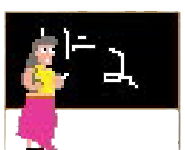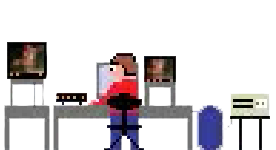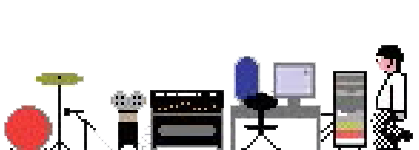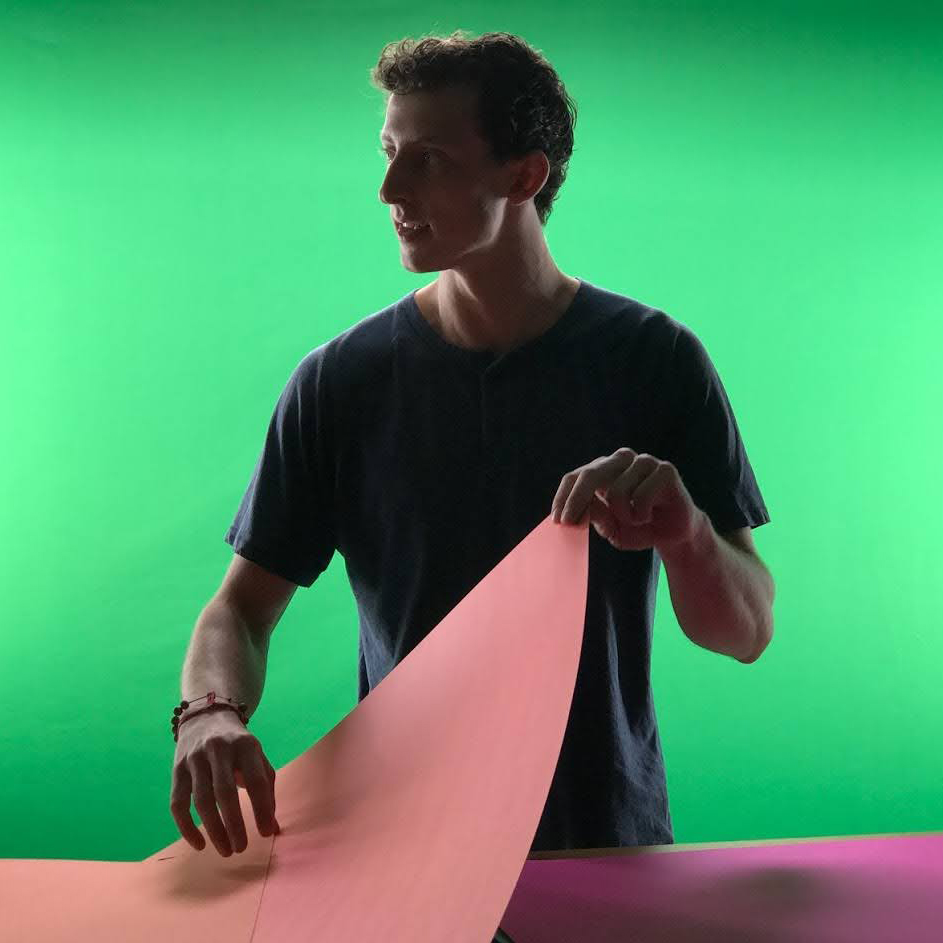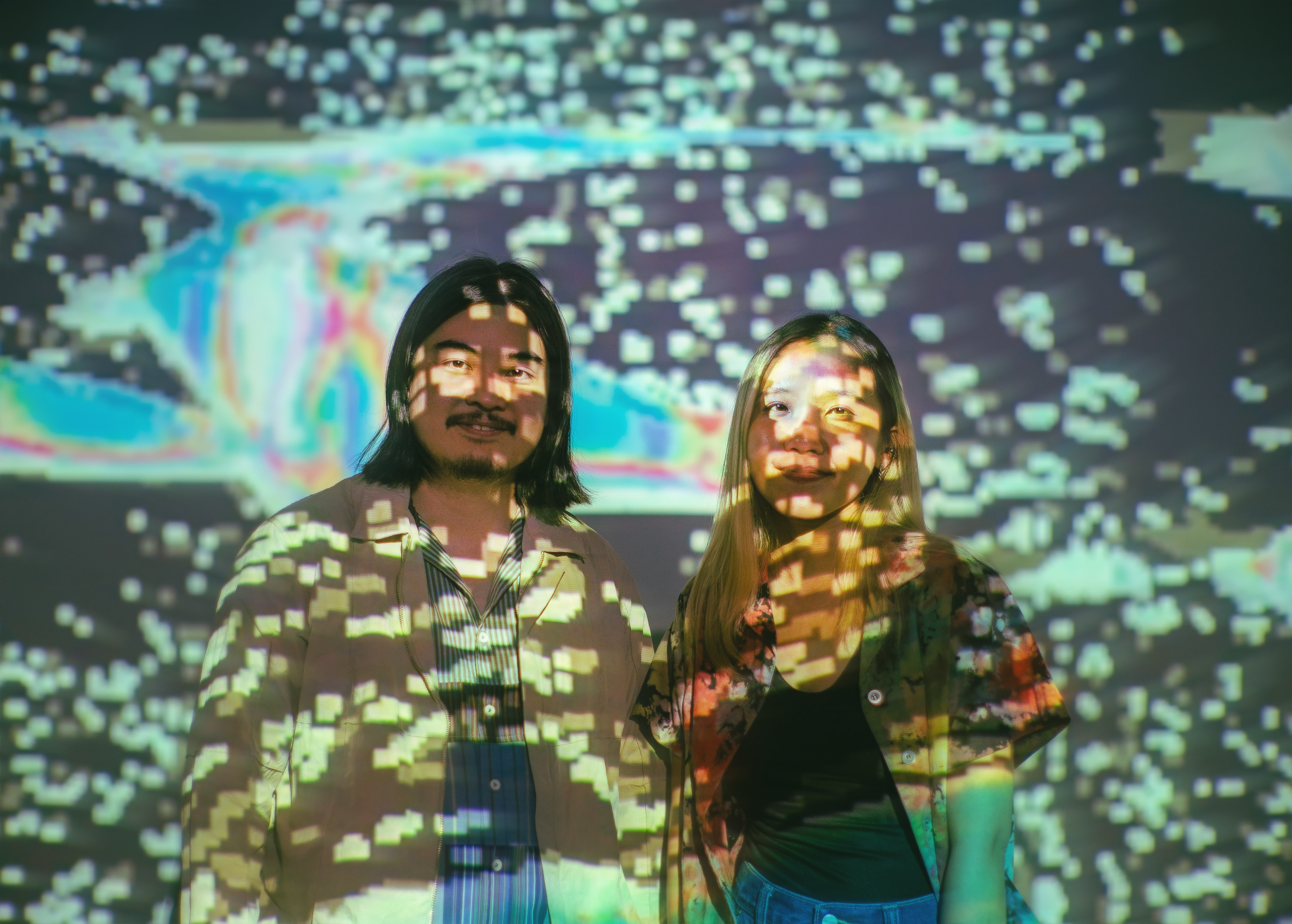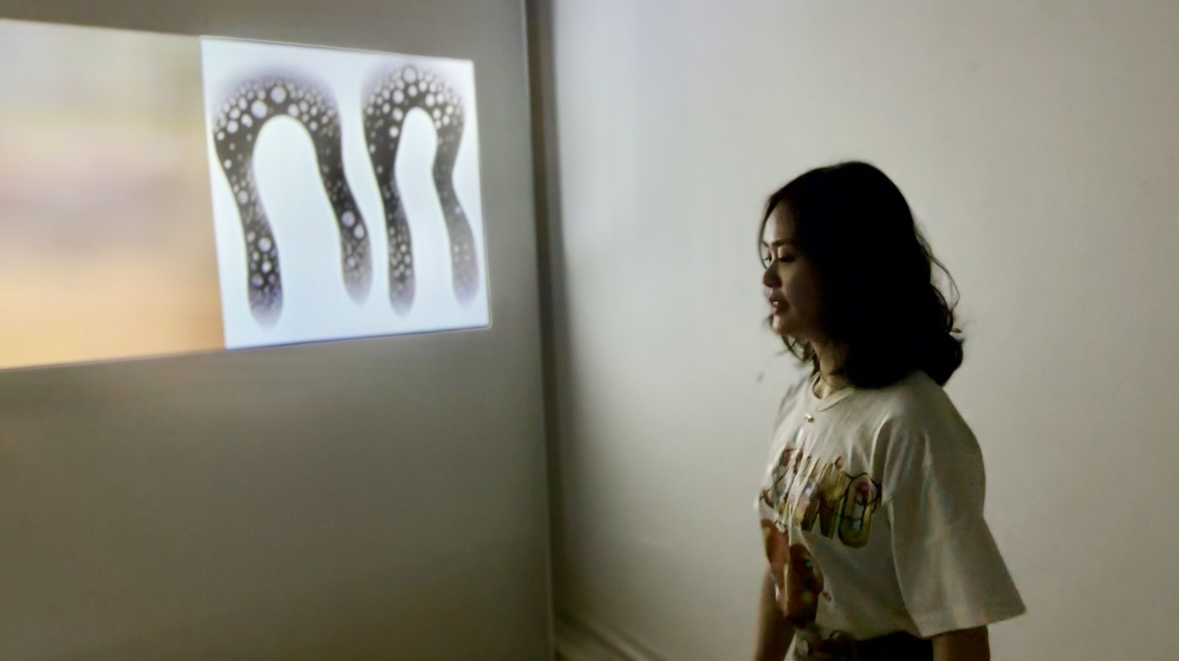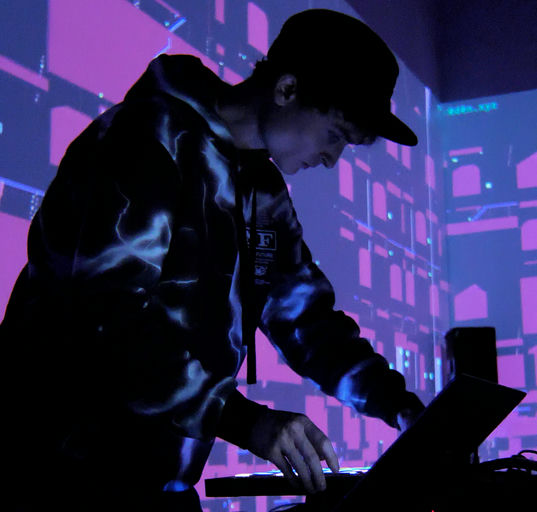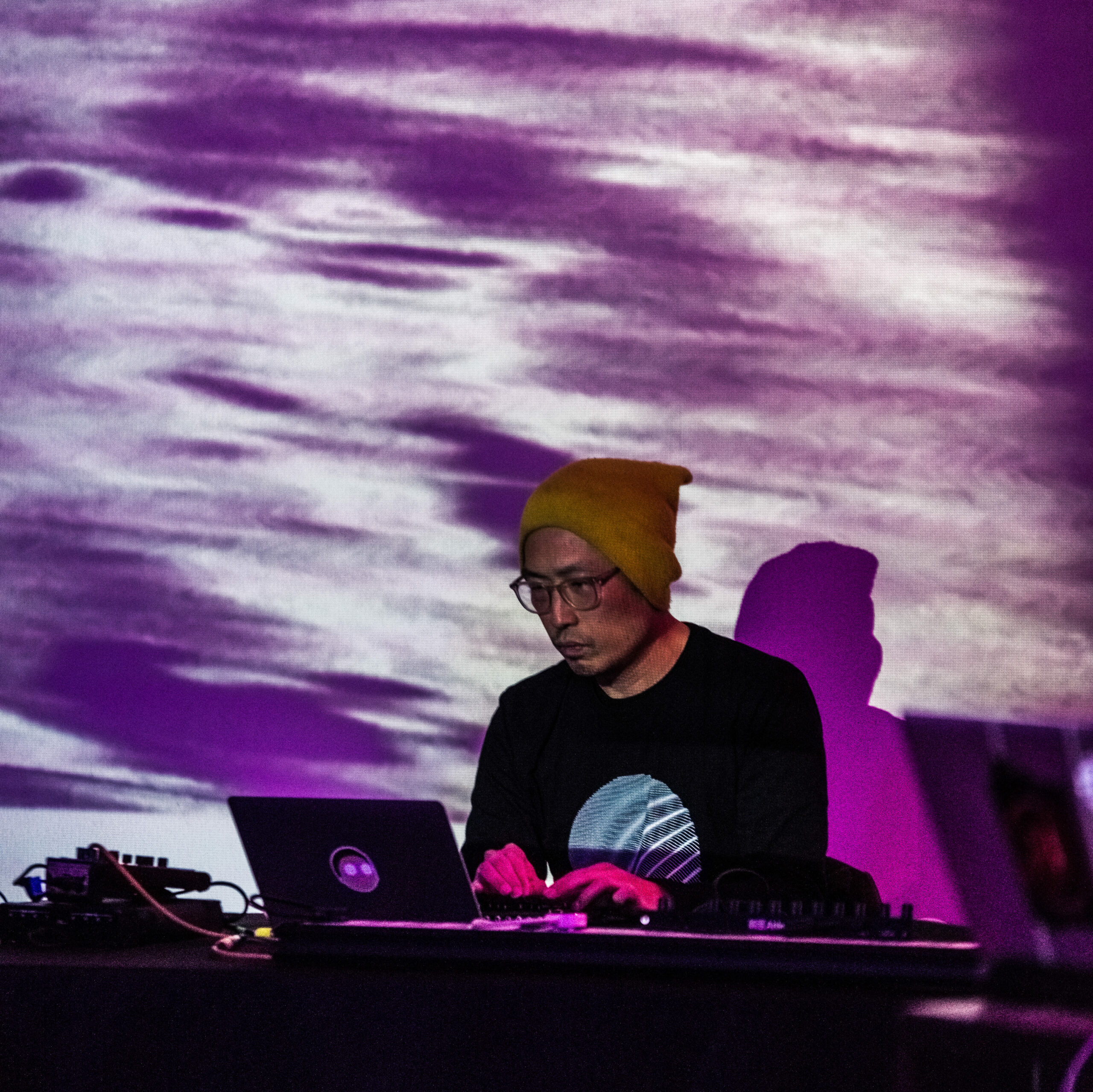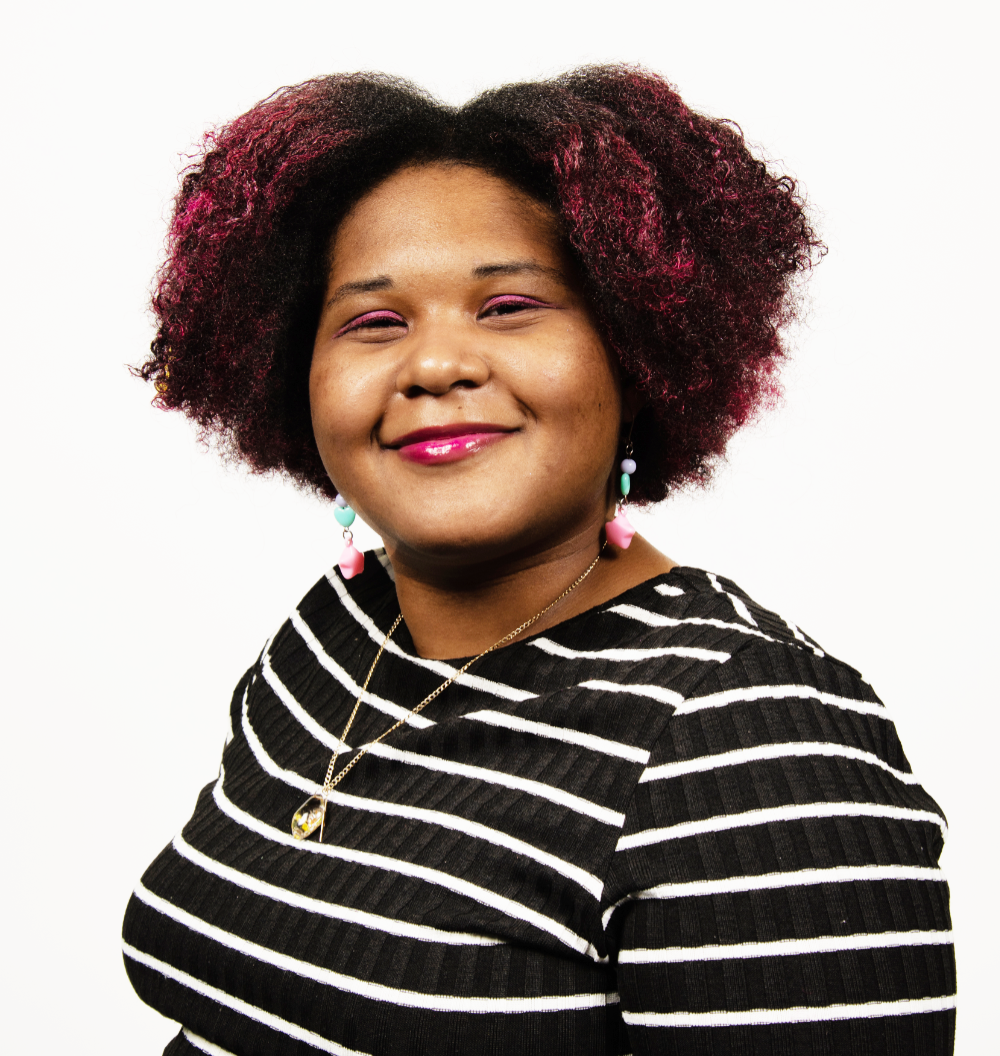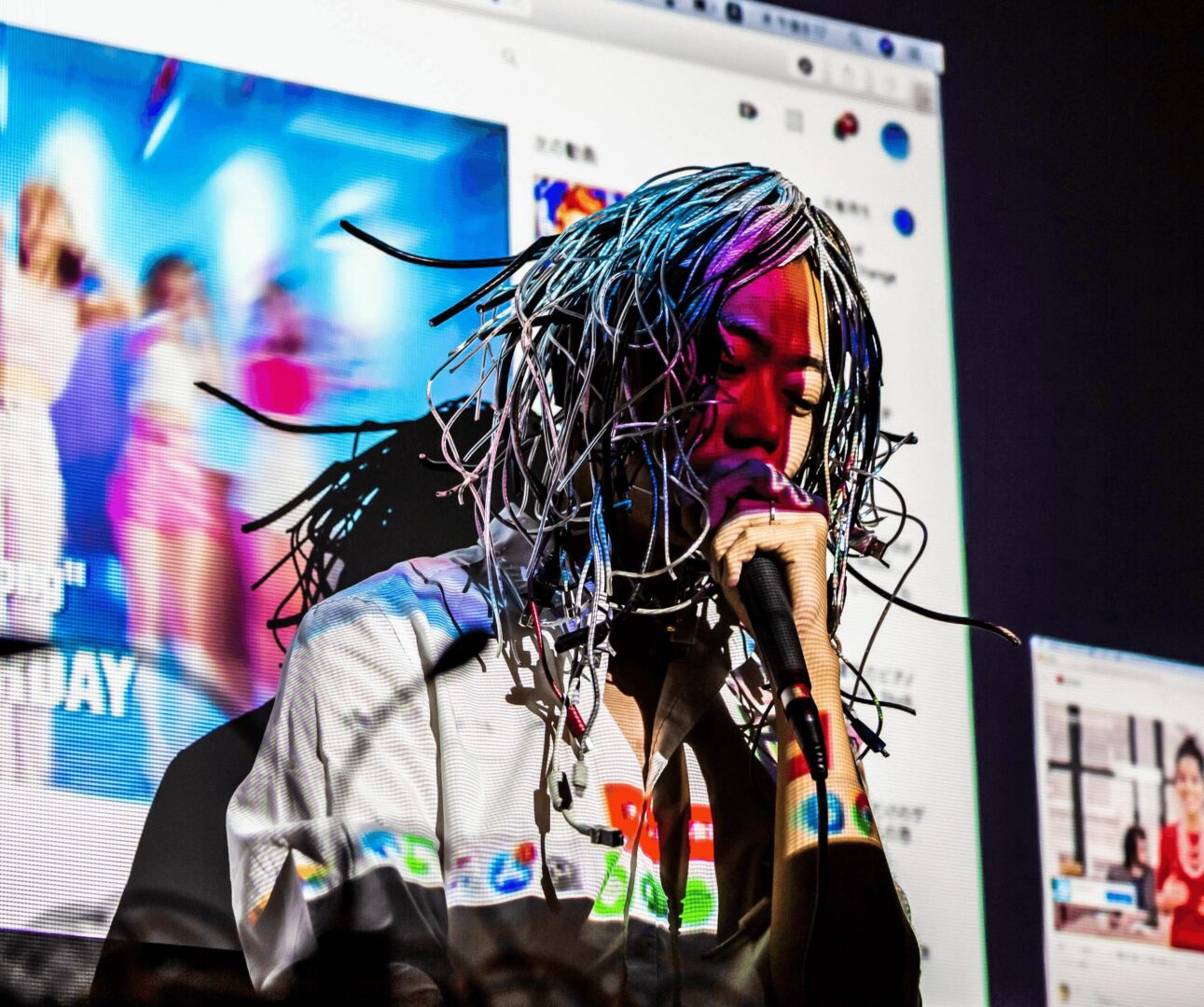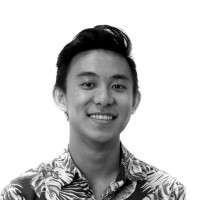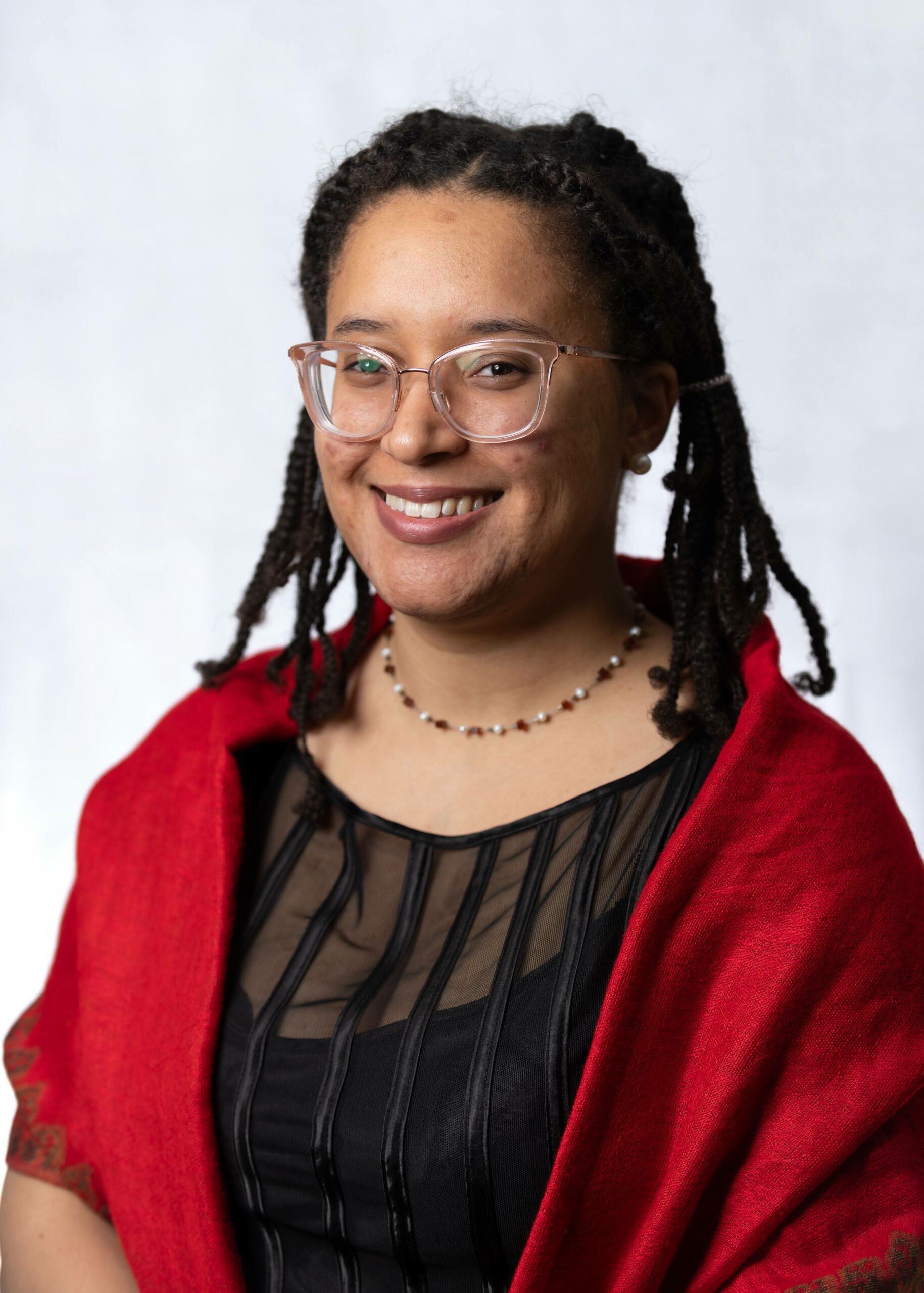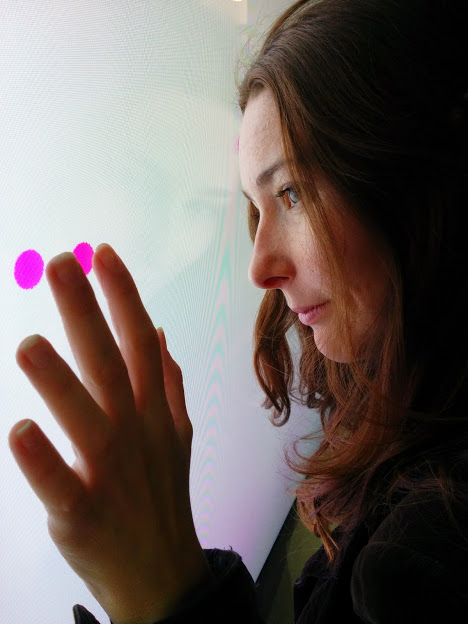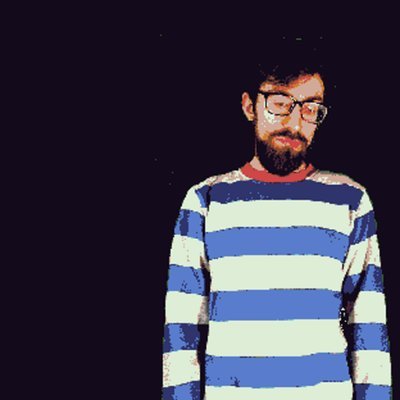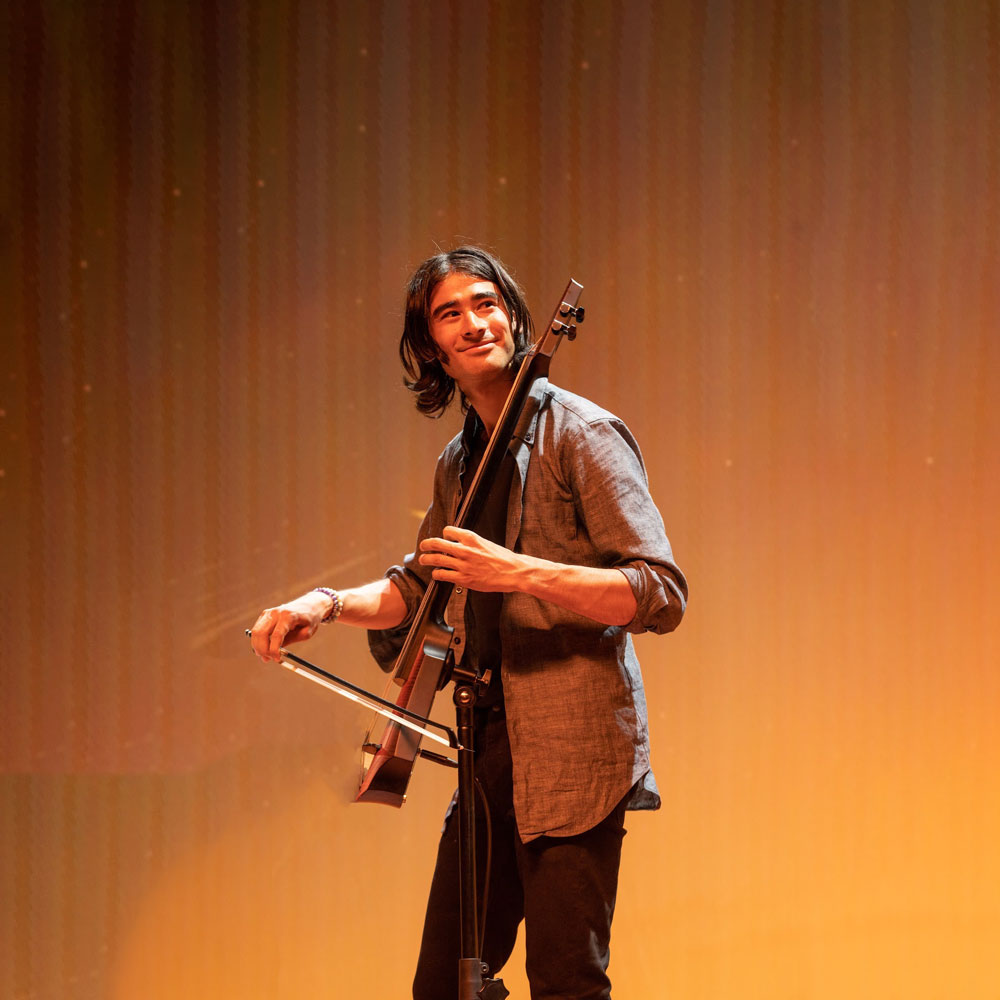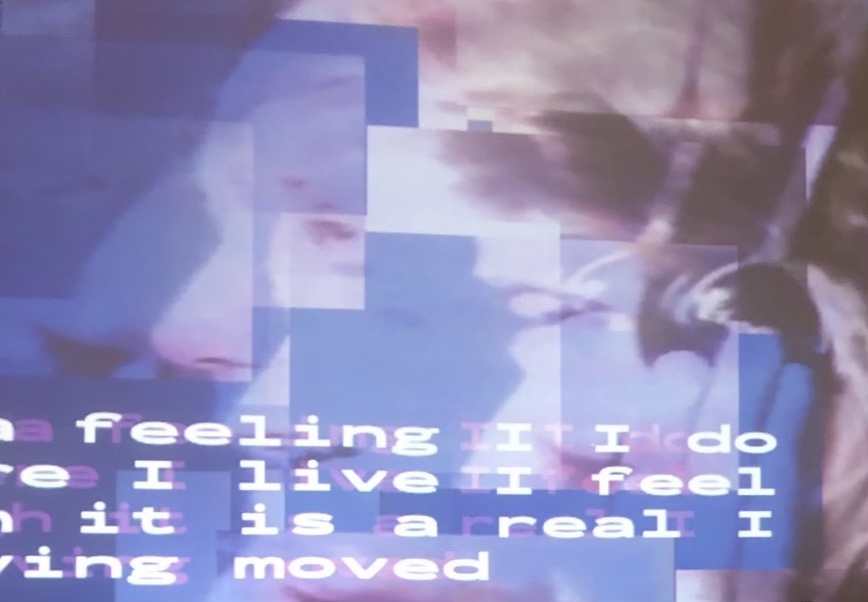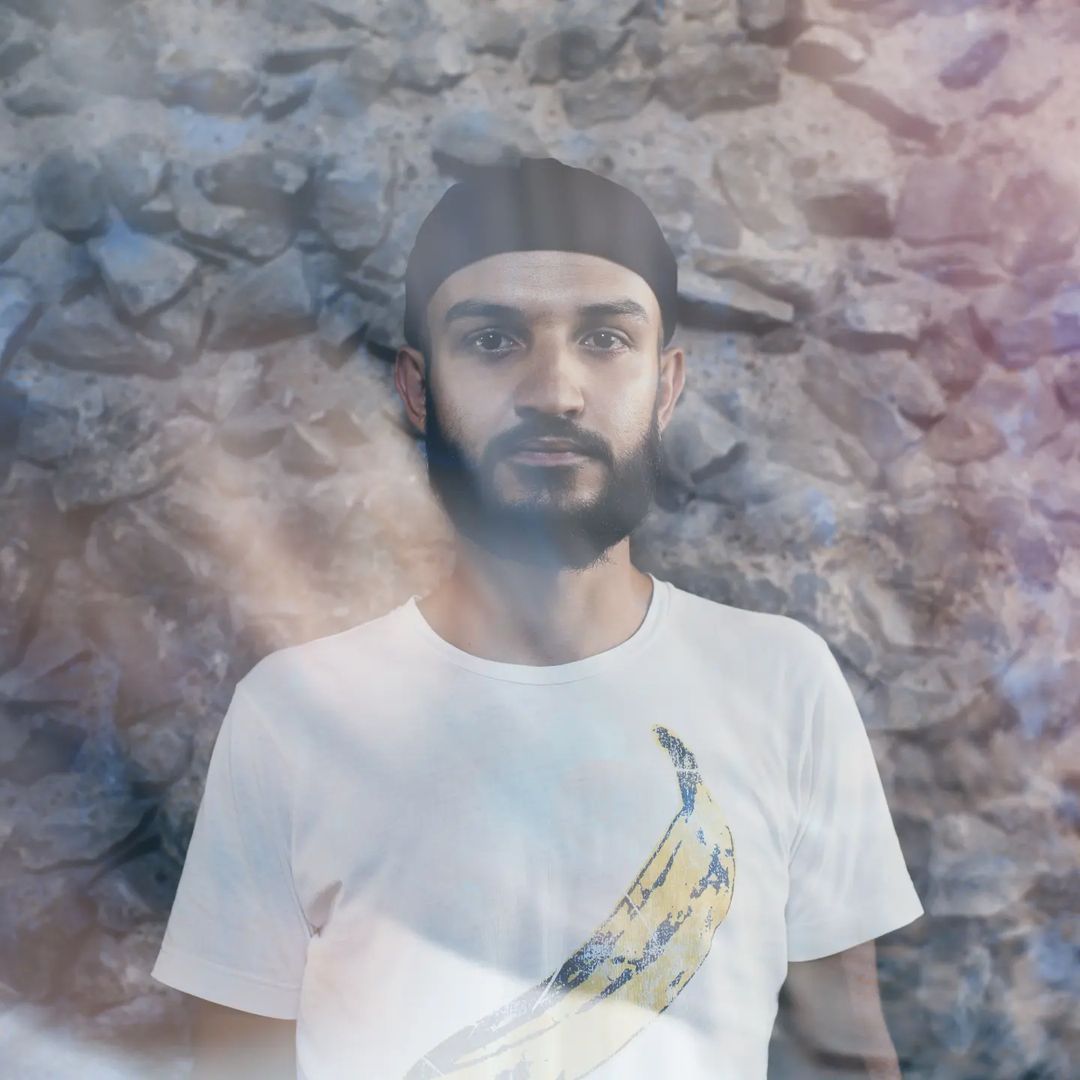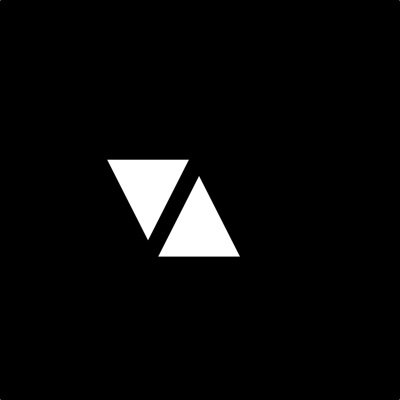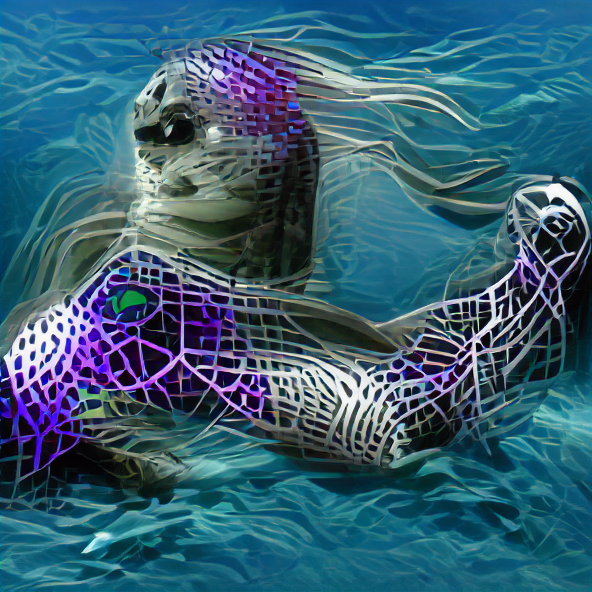LOCATION: Harvestworks Art and Technology Program Building 10a, Nolan Park, Governors Island

On Exhibition
Picture Pixels
Kelly Ahern
The piece I am submitting is a deeply personal painting that started off as an experiment to test structural painting abilities. Throughout my art career I have been interested in pixel art and taking references from my experience as a young girl on the internet in the early 2000s. The painting started off as re-creation of a digitally manipulated doll body from the dollmaker sites I used to dabble on as a kid. After painting tedious amounts of tiny boxes using the pixel grid structure the painting evolved into something else including references from landscape photography, more photo editing software, and a bit of my own mania.
Planned Unobsolescence
Cameron Alexander
(2024) Reclaimed e-waste (damaged smartphones)
In a hyper technologized civilization where corporations chase profit, with no regard for the delicate balance that sustains all life on earth, what was once considered an advanced supercomputer is now treated as garbage. These devices are actively designed to be difficult to repair and easy to break. This piece is a call to reject the rampant consumerism of the contemporary tech industry so that we can begin to reestablish balance and exist sustainably with our planet.
Echoes
Torin Blankensmith
“Echoes” is an interactive artwork previously showed at Art Basel in Miami for the Beyond Basel event.
The artwork is shaped by the collective motion of its participants, pairing each individual’s current pose with the closest match from prior visitors. For those who choose to be recorded, their video and pose are added to this evolving experience in real-time. This artwork was created to explore how a community could collectively create a piece of artwork together.
Jitr Print Series
elekhlekha อีเหละเขละขละ
(Various years) Live coding visual distorted with audio-reactive, custom software, Risograph print
Jitr Print Series are stills captured from elekhlekha’s process-oriented & ever-evolving project series, Jitr จิตร, a speculative imaginary electronics ensemble performative audio-visual using live coding to reconcile the lost connection of Southeast Asia’s shared heritage.
Attractiverse-III
Fuguo Xue
“Attractiverse-III” is an interactive installation that dives into the mesmerizing world of attractors. Through a digital screen and MIDI controller, the viewers can experience the magic of mathematical beauty as chaotic randomness transforms into stunning 3D formations with dynamic colors and interactive audio.
In the mathematical field of dynamical systems, an attractor is a set of states toward which a system tends to evolve, for a wide variety of starting conditions of the system. Given a set of randomly positioned particles within a 3D space and an equation set defining the displacement of each particle per unit time, we shall see a stable 3D shape gradually evolving from the initial randomness as time progresses.
d0n-ware→device.01
Don Hanson
“d0n-ware→device.01” is a wall mounted computer and display for generative graphics designed and built by Don Hanson. This prototype all-in-one device runs custom software to produce an evolving digital canvas of abstract expressionist compositions. Initially prototyped as Don’s live coding visual performance tool, this software has been in development since 2021 and continues to expand across media formats.
Motion
Katarina Hoeger
This installation will be the third installment of the “Motion” series. Its focus will be on isolating the motions of multiple actors within the installation environment. The “Motion” series encourages understanding through sound and motion beyond the cerebral. It provides the opportunity for instinctive and joyful bodily exploration. Participants explore their bodies’ placements and impacts on the environment and its constituents. The overhead camera and any onlookers highlight the surveillance that occurs as we move through space. “Motion” is also a social experiment, studying how visitors choose to engage with the work, if patterns in interaction occur, how visitors influence each other, and how the system response influences visitor actions.
Proof of Work
Eric Lee and Niles Fromm
(2024) Electronic kinetic sculpture composed of phonograph mechanism, metal, wood, microcontroller, electronic components
This totemic kinetic sculpture with mechanical controls advances an algorithm when operated. The mechanism can be manipulated and operated by hand; it can store and generate power; it continues to move with its own momentum after the wheels or levers are released. This piece surfaces some of the effort it requires to perform computational tasks that might otherwise seem frictionless. Regarding algorithms and their increasingly ubiquitous role in society, it invites considerations of our potential agency, complicity, and resistance.
Tear_RGP
Seugjin Lee
(2024) 9fit x 5fit, Acrylic paint on billboard print
Regenerated painting is one of my paint series trying to mix digital pixelated images with physical natural phenomena. Use dropping paint skill, each drop weight is already decided by natural progmaized rule, final result of paint seems flouring life shape cells on digitized background world with merging together but also defining differences existence each, nowadays ourselves portrait in daily digitized update world. Even back images basically edited and randomly chosen with non imagination and feeling by using AI image generated programs and other digital tools but the final appearance showing paradoxical emotional tear flow.
Another World Lies Just Beneath the Surface
Jacky Lu
The project will be built with Touchdesigner and real-time AI, with an Xbox Kinect for handling motion tracking. Ideally, the visuals will be projected on a dark wall, or else a display. Standing far away, the screen will appear entirely dark, but moving closer to the scene and moving your arms will cause the scene to ‘light’, with the scene getting brighter the closer the viewer is to the screen. The visuals will resemble nature scenery, where the sun’s placement and size overhead will depend on the viewer’s movement and their proximity to the screen — however, the nature scenery will be covered with a speckled frosted glass texture, that will similarly become more and more opaque the closer the viewer is to the screen. The project is meant to be a rumination on the proximity of digital worlds, the idea that we’re able to construct entire universes in digital space, yet no matter how hard we try, we’re unable to fully inhabit them.
NS – Morphologies Synthetic Physiology
Michael Romeo
The hybridization of natural organisms and synthetic materials is accelerating at an exponential rate. These works reflect on the degradation, manipulation, and overall mutation of the natural environment and the organisms within these systems, animal and human, within the anthropocene. These types of themes are used as a catalyst for my work. I like to think of my creative output as an artistic form of cybernetics; the science of communications and automatic control systems in both machines and living things. The lines between mechanical systems and natural ones are becoming increasingly blurry.The convergence of organic and synthetic materials, BioSynthetics, and the manipulation of these elements by humans within the Anthropocene. Effects on Earth’s ecology due to anthropomorphic unabated climate change could itself be seen as a sort of global-scale experimentation. Additionally, the potential for future geo-engineering and / or direct manipulation of genetics with technologies like CRISPR. On Long Island, NY, where I grew up, the stark contrast of natural areas that surround the island and the industrial runoff of the city is stark. Inspiration derives from the military remnants of Montauk used in the cold war, to Nicola Tesla experimentations, and Brookhaven labs that are shrouded in secrecy. There is history of toxic waste plumes left over from the military-industrial sites that employed past generations that have caused untold amounts of health effects on the population and environment.
Bubble Projections
Sabrina Sims and Fan Kong
“Bubble Projections” is an installation combining Hydra visuals with bioglass in an interplay of projected light and reflection. Bubbles – whether bioglass or encoded – can act as psycho-social material, where we build worlds for ourselves. Yet, how might this lens also distort or glitch our self-image?
Playlist Room
me with and without my brother
Nilson Carroll
me with and without my brother is an experimental machinima-glitch video exploring isolation and separation between brothers using original, real-time Super Mario 64 and Super Mario Bros. 3 audiovisual/RAM corruptions.
Luigi repeatedly tackles Mario, jumping off his head, the eternal wisdom “boys will be boys” ringing in both their ears. Perhaps it is this toxic-masculine competition that drives the brothers apart, or perhaps they just grow into different, unrelated people. With time to contemplate, Mario’s vision blurs, his home becomes shattered glass, his air unbreathable. He no longer has ground to stand on, the limp UI in each corner his only sense of stability. His mental and physical states no longer align.
It becomes a queer or defiant question to ask “what does Mario do if he has no princess to save,” no binary call to action. He looks to his brother for answers, but there is no one there.
Simulation V: FIRM
Matthew D. Gantt
Simulation IV: FIRM is a sonic environment, virtual kinetic sculpture, and short thru-composed etude exploring musical gesture in digital space. Created by bridging game engine environments, found media objects and MIDI/OSC sequencing, this work attempts to draw these tools away from narrative design and instead foreground their material and associative natures. Rather than push towards visual or sonic mimesis, Simulation V approaches the virtual camera, eye, speaker and ear as concrete materials to be (re)arranged.
Elegy for a Terrestrial Collapse
Dan Gorelick
Created during my time in Joshua Tree, the piece explores different markers of concurrent timescales – the golden hour marking the end of the day, the desert’s cracked earth marking the start of a dry season, and the landscape of Landers marking our current epoch.
Visuals are created using Hydra (https://hydra.ojack.xyz/) using feedback techniques on source footage I recorded in Landers, California. The audio is created with SuperCollider and TidalCycles. SuperCollider is creating the rhythmical sounds using granular synthesis techniques, and TidalCycles creates the piano sequence. The piece is created live, where the mouse controls the visual parameters as well as the granular synth sounds (percussive and vocal sounds).
Source code for the piece: https://gist.github.com/dqgorelick/27167ba6eed02662f2f292bedac3c525
Absolute Filth
Sarah GHP
Absolute Filth is a collection of video sketches in which clean digital images are dirtied up through a series of processing stages. Each begins with an improvisation from La Habra, Sarah GHP’s livecode framework. This is then passed through framebuffers, data moshers, and analog video processors until it is stuttering and full of holes or other surprises.
Relying on feedback in particular, the works seeks to reveal the textures of machine images by having the machines work on themselves; at the same time, the slightly overwhelming output aims to make the viewer’s experience of the failures of electronics joyful and visceral.
thanksgiving 23/11/16
Sadie Meadow
Participatory live video art performance at Millenium Film Workshop on 23/11/16. Audience members were prompted to text in photographs taken around where they grew up.
Racconti d’infanzia (Childhood tales)
Nabìr
This video is about my childhood. Memories of distant times. Both the music and the visuals are conceived as a warm and welcoming hug, a flood of memories that passes through the lenses of digital and computer manipulation. A merging of the old and the new, where the boundaries between these dimensions are blurred through the recontextualisation of live coding, cassettes, vhs, sampling, field recording, and looping.
Air, Body & Dots
Illest Preacha
This piece represents the chaos that is going in the realm of Air, Body and Dots. This coded world is built on three different components.
The Sonification of Air in SonicPi: I wanted the sounds to represent the increase in CFCS gases as well as the accumulation of CO2 that is being seen annually. I decided to add an insect sample to the mix of sounds as a representation of the natural realm that is being affected by these changes.
The Sonification of HeartBeats(Body) in SonicPi: I decided to use data from 10 workouts I did and use SonicPi to sonify the process and Python to clean it up.Wanted the sounds to represent the various stages a heart goes through in a workout. This explains some of the chaotic tension/feelings that can be heard in this soundtrack
The Dot Chaos: Chaos Design. TixyLand provided the groundwork for the Chaos and No Palette Prompts.
LiveCodingYoutube provides necessary 64×64 by making 16 copies (4 x 4) to the TixyLand sketches that comes in a 16×16 grid. Hydra was used to add the Pixelation effects
snow drift in moonlight
MA
Inspired by the macro texture of a dreamy world of snow, ice, and mold. The soundscape was created by MA, a duo of insomniac hotel and ÉMU, using objects, field recordings, and modular synthesizers. The visual is fully computer-generated by ÉMU to recreate the beauty of nature in searching for a secret code within.
Drifting thru the Cyberverse
Ria Rajan
Inspired by Situationist theories and psychogeography, Drifting thru the Cyberverse is a poetic wandering through a constructed world consisting of digital sculptures composed of sound and video field recordings, blurring the lines between the virtual and physical reality.
Together//Apart
Kate Sicchio
Together//Apart is a choreographic performance for humans and a robot. It creates dynamic interactions between humans and machines, questioning how we co-exist in space, using proxemics as a poetic device. Together//Apart questions what happens when we share intimate space with machines. Through live coding, real-time projections and a bespoke sensing system, the choreographer is able to send instructions for spatial patterns to both dancers and robots in real time. The performers (both human and robot) respond to each other, shifting from leader to follower, changing formation to formation, attracting and repelling from each other in the space.
Reading Nook
A curation of materials of articles, zines, and more featuring live coding. This is the second iteration of this project by Melody Loveless.
- Who Killed the American Demo Scene by Daniel Oberhaus (Vice 2019)
- The Burgeoning Live Code Scene in New York City by May Cheung (TOPLAP 2019)
- Electronic dance music and ‘algorave’ — how live coding got cool by Andrew Dickson (Financial Times, 2019)
- That Music You’re Dancing To? It’s Code by Luke Winkie (NYTimes 2019)
- At Brooklyn algoraves, you can dance to music while it’s being coded live by Amy Rowe (Alt Press, 2023)
- The Physical and Cultural Infrastructure Supporting LiveCodeNYC: A Community Report by Sumanth Srinivasan (2023)
- Live Notation for Patterns of Movement by Alex McLean and Kate Sicchio (Cambridge Press, 2024)*
- Noisy Pixels by this.xor.that*
- Electric Fuzz by Sarah Groff Hennigh-Palermo*
* indicates a new addition to the collection


